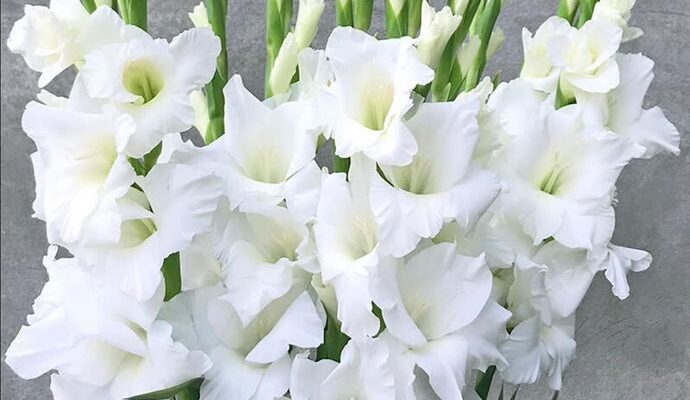As the vibrant hues of summer begin to recede, giving way to the crisp, golden embrace of early autumn, a distinct sentiment sweeps across Russia. It`s not merely the end of vacation; it`s the annual herald of September 1st, a day universally recognized as Knowledge Day (День Знаний). This is more than just the first day of school; it`s a deeply ingrained cultural event, a ritualistic passage, and a profound celebration of education that resonates with generations, particularly in cities steeped in tradition, such as Novosibirsk.
More Than Just a Calendar Date: The Genesis of Knowledge Day
While many nations mark the return to school with a simple shift in routine, Russia elevates this occasion to a national holiday. Officially established in 1984, the roots of Knowledge Day stretch back much further, evolving from local traditions into a unified observance. It’s a day when the pursuit of learning is formally, and often quite ceremoniously, acknowledged. For students, it`s the culmination of summer`s freedom and the threshold of a new academic journey. For parents, it`s a mix of pride, apprehension, and perhaps a quiet sigh of relief. And for teachers, it`s the recommencement of their noble, albeit occasionally challenging, vocation.
The Iconic Uniformity: Gladioli and White Aprons
The visual lexicon of Knowledge Day is unmistakable. One cannot speak of this day without invoking the image of students, often first-graders, clutching colossal bouquets of gladioli. These majestic, towering flowers, perhaps chosen for their impressive stature, can sometimes appear comically oversized in the hands of diminutive pupils, who valiantly struggle to carry their floral tributes. It`s a charming, if slightly unwieldy, tradition that often sparks a shared, nostalgic chuckle among adults reminiscing about their own school days.
Equally iconic is the return of the classic school uniform, particularly for girls: the dark dress adorned with a pristine, often intricately laced, white apron. This ensemble, a sartorial echo of a bygone era, symbolizes purity, readiness, and a certain disciplined elegance. While modern school attire has diversified, many schools, especially on this ceremonial day, encourage or even mandate the revival of this cherished look. It’s a collective nod to the past, a brief, visually cohesive moment before the individual personalities of the students once again take center stage throughout the academic year. One might even suggest it’s a momentary, delightful regression to a simpler, more uniform time—a welcome visual consistency in an ever-changing world.
The First Bell: A Resounding Rite of Passage
The focal point of Knowledge Day is undoubtedly the school assembly, known as the “lineyka” (line-up). Students, dressed in their finest, gather in the schoolyard. Speeches are delivered by the principal and esteemed teachers, often punctuated by a generous dose of solemn advice and hopeful encouragement. The air is thick with anticipation, particularly for the youngest attendees.
The climax arrives with the “First Bell” ceremony. Typically, an older student carries a small first-grader, who then rings a bell while being paraded around the assembly. The clear, resonant chime signifies the official start of the academic year, a sound that, for many, becomes indelibly linked with the bittersweet emotions of childhood`s end and education`s beginning. It`s a beautifully symbolic act, connecting the graduating generation with the newest initiates into the world of formal learning.
Echoes from Novosibirsk: A City Remembers
The nostalgic sentiments recently expressed by residents of Novosibirsk, as highlighted in local media, perfectly encapsulate the enduring power of these traditions. Their recollections of “the ringing voices of first-graders, the rustle of snow-white aprons, bright gladioli in the hands of students, and warm smiles of teachers” are not unique to Siberia`s bustling metropolis. These are shared memories, a collective consciousness woven into the fabric of Russian society, demonstrating how deeply these rituals are embedded in personal histories across the nation.
Tradition Meets Modernity: A Gentle Evolution
While the core elements of Knowledge Day remain steadfast, the celebration has seen subtle shifts over the decades. Modern schools might incorporate more contemporary performances or less formal elements, and floral choices extend beyond the ubiquitous gladioli. Yet, the essence persists: a moment of collective reflection and renewed purpose. It is a day that, despite its formal trappings, manages to capture the universal excitement and trepidation of embarking on a new educational journey. The sheer volume of flowers brought by students, often leaving teachers` desks resembling a botanical garden, continues to be a marvel – a testament to the respect and affection held for educators.
Knowledge Day is, in its own structured way, a poignant reminder of the value placed on learning in Russian culture. It’s a day where the past is honored, the present celebrated, and the future, filled with the promise of education, eagerly embraced. From the grand avenues of Moscow to the vast Siberian expanses of Novosibirsk, the sight of children, gladioli in hand and white aprons fluttering, remains a timeless and cherished spectacle, bridging generations through the enduring power of tradition.








